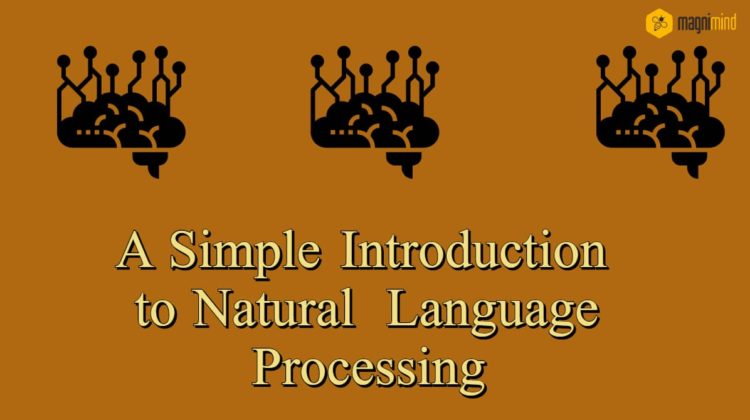
A SIMPLE INTRODUCTION TO NATURAL LANGUAGE PROCESSING
While natural language processing has been around for a long time, the emergence of big data together with the availability of enhanced algorithms and powerful computing, the technology is experiencing rapid advancements in recent years.
Among all the capabilities of artificial intelligence, probably the biggest one is its ability to extract meaning from human language. And natural language processing (NLP) is the subset of artificial intelligence that makes this possible. You can consider natural language processing as a method for machines to analyze, understand, and obtain meaning from human language in an effective and smart way.
While natural language processing has been around for a long time, the emergence of big data together with the availability of enhanced algorithms and powerful computing, the technology is experiencing rapid advancements in recent years.
Natural language processing comprises two components namely NLU (natural language understanding) and NLG (natural language generation). In NLU, the given input in natural language is mapped into useful representations and different aspects of the language are analyzed. NLG involves tasks like text planning, sentence planning, and text realization.
In general, there’re five steps involved in natural language processing namely Lexical Analysis (involves identifying, as well as, analyzing words’ structure), Syntactic Analysis (involves grammatical analysis of words and arranging them in manner which shows the relationship among them), Semantic Analysis (involves drawing of the dictionary meaning or the exact meaning from the text), Disclosure Integration (the meaning of a sentence may depend on the sentences which precede it and may influence the sentences’ meanings which follow it), and Pragmatic Analysis (here, the structure that represents what was said gets reinterpreted to determine what was meant actually).
Priya Dwivedi
Natural language processing is the key technology behind a lot of things you may often take for granted. Here’re some common applications of the technology.
- Chatbots: If you’ve ever interacted with a chat box in a website, it’s possible that you were interacting with a chatbot instead of a human. These are actually algorithms which use natural language processing in order to understand your query and respond to the questions automatically, adequately, and in real-time.
- Email assistant: A lot of things in an email — from grammar and spell check to auto-correct to auto-complete — are enabled by natural language processing. Also, the spam filter uses this technology to determine the emails you’d want to keep in the inbox and which ones are likely spams and thus, should be sorted out.
- Machine translation: One of the biggest applications of natural language processing can be observed in machine translation. It helps people to understand catalogs written in a foreign language and tech catalogs, as well as, to overcome barriers in the process of communicating with others from across the globe.
The implementation of natural language processing can bring a multitude of benefits to both consumers and businesses. From the classroom to law to medicine — a lot of aspects can be facilitated using the power of this technology. And we can expect to see more advantages arising out of the implementation of natural language processing as the volumes of unstructured data continue to grow.
